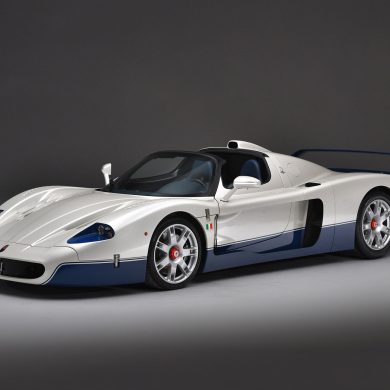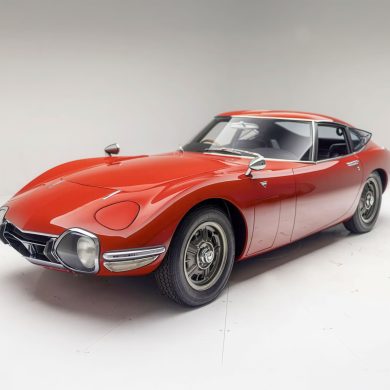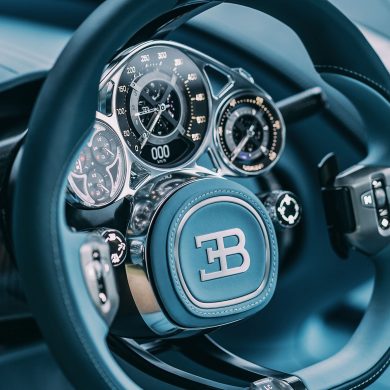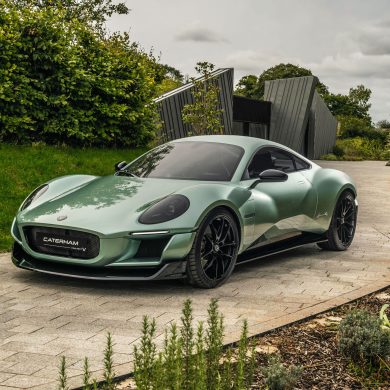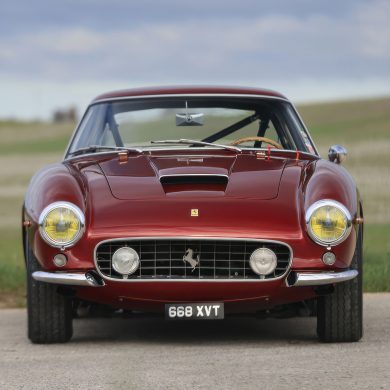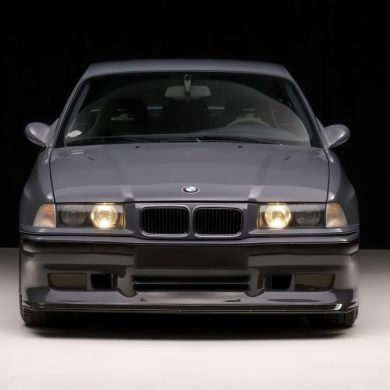In March 2019 the Hispano Suiza brand was revived with the unveiling of their masterpiece at the Geneva Motor Show: The Carmen. The luxury hypercar which embodied the ‘hyperlux’ segment became the highlight of the Swiss exhibition. The extra attention is no surprise given the Carmen is the epitome of the DNA and values that made the legendary Hispano Suiza the pride for the Spanish automotive industry.

Damián Mateu founded Hispano Suiza on June 14, 1904. He was supported by a Swiss engineer, Marc Birkigt, who came to Spain with the idea of revolutionizing the automobile industry and had worked on the Hispano Suiza’s predecessors: La Cuadra and J.Castro.
Since the beginning of the 20th century, Birkigt had worked on the construction of 10 and 14 hp automobiles, which fostered the foundations of the company.

In 1905 Hispano Suiza was able to produce their first vehicle, the armored type Birkigt system. It had a four-cylinder engine that can produce 20 CV of power and capable of a top speed of 87 kph.
A year later, they produced the first six-cylinder engine car that was made in Spain. The car could produce 75 HP of power and was able to finish the Perpignan-Paris route in 22 hours, an accomplishment that attracted much media attention.
As Hispano Suiza grew, it set up a factory in France. Their worldwide expansion was aided by selling their manufacturing license to other manufacturers in Italy, United Kingdom, and the former Czechoslovakia. Slowly, it started to match the great manufacturers of its time with its name synonymous with leisure and luxury.

Their cars caught the eye of King Alfonso XIII, a car enthusiast. The monarch helped in the publicity of Hispano Suiza, giving it national and international visibility. He played such a pivotal role within the brand that they named a car after him, the T45, also known as “Alfonso XIII.”
The Hispano Suiza Stork
During World War I, Hispano Suiza utilized their knowledge and experience in the automotive industry to construct aviation engines. It was a crucial time for the company in which they thrived.

The legacy of the success of its aeronautical engine manufacturing can still be seen today through its legendary logo: the stork. The stork was a tribute to the French squadron emblem that was painted on the side of a fighter aircraft equipped with a Hispano-Suiza engine that was flown in World War I. The stork, along with the Spanish and Swiss flags has graced the trademark logo of Hispano Suiza.
The H6B was the first model to display the silver stork logo. It was an innovative vehicle with a 6-cylinder engine and a top speed of 150 kph. The model won the George Boillot Cup, an endurance race in Boulogne, France with André Dubonnet at the wheel. In fact, King Alfonso XIII personally drove the H6B to compete.


In the following years, Dubonnet himself played a pivotal role in Hispano Suiza’s history. Hispano Suiza debuted the Dubonnet Xenia at the Paris Motor Show in 1932. The Xenia was based on the H6B and Dubonnet himself designed parts of the independent suspension system and had leaf springs in place of coil springs.

Another version was launched in 1936 that was a greater improvement than its predecessor in terms of design and aerodynamics. It displayed sliding doors, futuristic lines, a wraparound windscreen, and was equipped with the Hispano type 68 bis 12-cylinder engine that was capable of producing 250hp.
After the Spanish Civil War, Hispano Suiza continued to innovate more powerful engines and automobiles with a more exclusive design like the T60 and K36.

Eventually, a restructure of the company divided the company into three areas; one area in aviation and military equipment, a second in cars, buses, and trucks, and a third in machinery and tools.
After some very financially difficult years, and after “La Hispano-Suiza, Fábrica de Automóvil, SA” was nationalized, Hispano Suiza’s operation was halted in 1953.
In 2019 Hispano Suiza was relaunched when it debuted a fully electric new vehicle, the Carmen. The model was built, designed, and developed completely in Spain with the ability to produce 1,019hp.

The exterior is inspired by the classic Dubonnet Xenia and embodies the values that have made Hispano Suiza one of the most luxurious automotive companies with timeless design and exceptional craftsmanship.
In 2020, they released an even more radical version in the Carmen Boulogne. Capable of producing 1,114hp, it was made to honor Dubonnet’s victory in France.
Its most radical version, the Carmen Boulogne, arrived in 2020. The Carmen Boulogne delivers 1,114 hp and pays tribute to Dubonnet´s victory in France.

All Hispano Suiza cars are bespoke with no two cars the same. Each vehicle that leaves the factory can be personalized with multiple options, both for the interior and exterior.
In a remarkably limited and exclusive production run, only 19 Carmen models will be produced with only 5 of them will be the Boulogne version.
[Source: Hispano Suiza]


